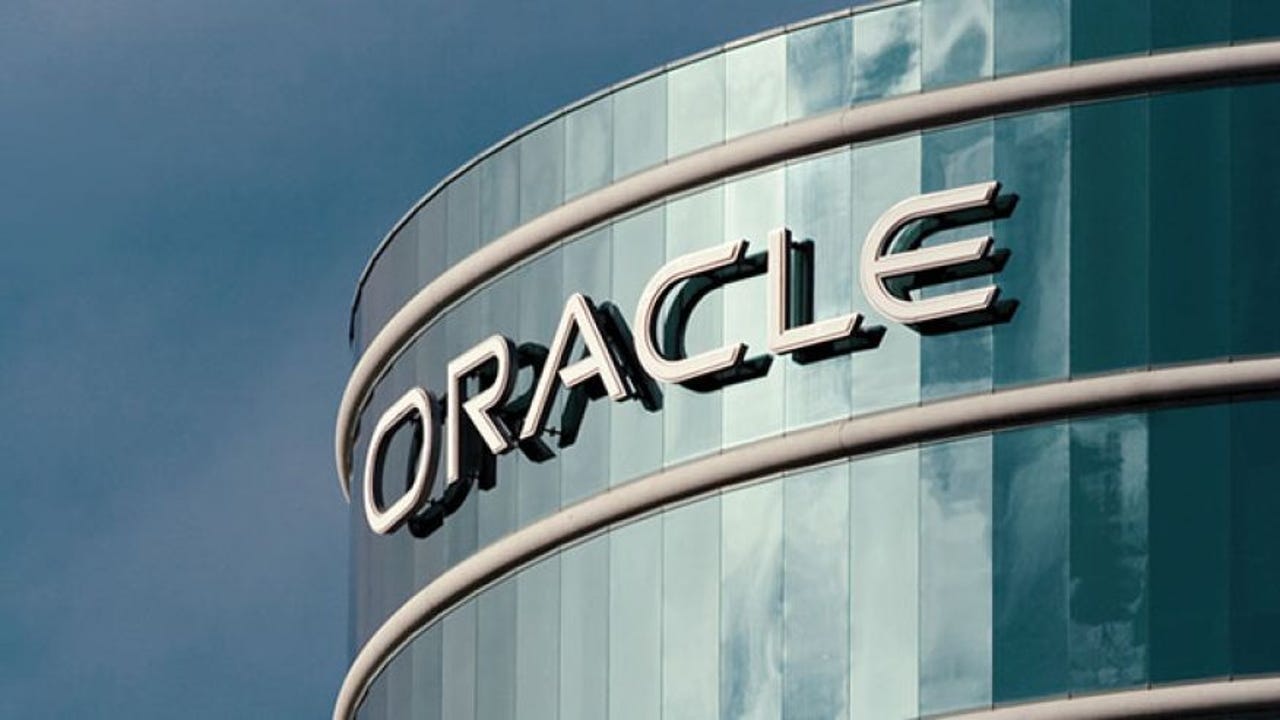Oracle integrates Service Cloud with Oracle IoT Cloud


Oracle headquarters
Oracle on November 14 is rolling out its Internet of Things Accelerator, a packaged integration between the Oracle's Service Cloud and its IoT Cloud.
Internet of Things
The new offering should give Oracle customers, particularly in industries like manufacturing or consumer electronics, new ways to use the vast quantities of data collected from internet-connected devices to improve customer service and realize new efficiencies. The open source integration includes implementation documentation to easily configure, extend, and deploy.
"Where we're unique is in thinking about that end-to-end solution," Steve Fioretti, vice president of product management for the Oracle Service Cloud, told ZDNet.
In other words, Oracle is providing the Java running on the devices themselves, the infrastructure to collect messages from those machines securely and at scale, tools to analyze the messages that matter, and the platforms on which to act on those messages. The accelerator, of course, advances that final piece of the puzzle.
"A lot of people offer IoT technology, but we're thinking about [industry] use cases and how we can apply this in a way that that solves business problems," Fioretti said.
The integration should prove useful for manufacturers of any kind of devices that need updates or servicing, such as medical equipment, ATM machines, or gaming consoles.
The company Denon + Marantz, which makes audio and visual equipment like speakers, is using the integration to analyze its customers' speakers. The company actually identified a chip problem in some speakers and shipped new ones to the affected customers before the customers were even aware of the problem. Denon + Marantz has also exploited the data it collects for marketing purposes, developing campaigns based on the ways consumers use their speakers.
"Right out of the box, it's starting to improve their overall customer experience, helping [businesses] anticipate an issue before anybody's even aware of it, and make service predictive and proactive," Fioretti said.